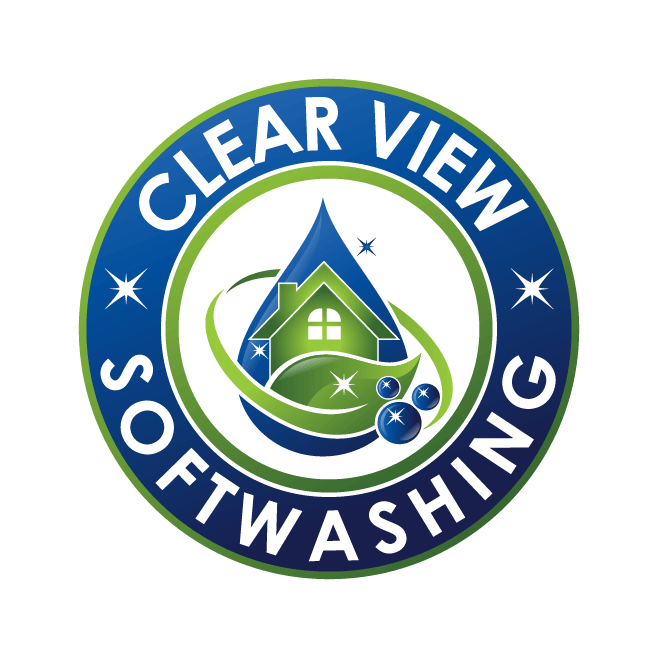Summary
Softwashing is a gentle yet effective method of cleaning any exterior surfaces using low-pressure water combined with specialized cleaning solutions. There are three key factors determine the success and safety of a softwashing project:
Softwashing is a gentle yet effective method of cleaning any exterior surfaces using low-pressure water combined with specialized cleaning solutions. There are three key factors determine the success and safety of a softwashing project:
- Surface Type Compatibility: Different surfaces require different cleaning methods and solutions. Understanding the composition and characteristics of the surface is crucial to prevent damage during cleaning. For example:
- Vinyl: Generally, vinyl surfaces are non-porous and can withstand cleaning with mild solutions. Harsh chemicals or abrasive cleaners may damage the vinyl surface.
- Stained Wood: Wood surfaces are porous and sensitive to moisture and chemicals. Cleaning should be done carefully using gentle cleaners to avoid stripping the stain or damaging the wood.
- Stucco: Stucco surfaces are textured and porous, making them susceptible to damage from abrasive cleaning methods. Gentle cleaning solutions and soft brushes are typically used to avoid causing surface erosion.
- Hardie Board: Hardie board is a type of fiber cement board that is durable but can be damaged by abrasive cleaners or high-pressure washing. Cleaning solutions compatible with cementitious materials are generally used.
- Surface Staining Consideration: Different types of stains require specific cleaning approaches and solutions:
- Organic Stains (e.g., mold, mildew, algae, bacteria): These stains are typically best treated with biocidal agents such as bleach or hydrogen peroxide-based cleaners. Organic stains can thrive in damp environments and should be thoroughly cleaned to prevent regrowth.
- Non-Organic Stains (e.g., rust, calcium deposits, aluminum oxide, magnesium, efflorescence): Non-organic stains may require acidic or alkaline cleaners depending on their composition. For example, rust stains can be treated with acidic solutions, while efflorescence (white, powdery deposits) may require alkaline cleaners to dissolve mineral deposits.
- Mix Ratio and Concentration: The mix ratio and concentration of cleaning solutions, particularly sodium hypochlorite (bleach), should be tailored to the specific surface and staining:
- Higher concentrations of sodium hypochlorite are often used for surfaces that can withstand stronger solutions, such as roofs, bluestone, and concrete. However, care must be taken to avoid damage to sensitive surfaces.
- Diluted solutions are typically used for more delicate surfaces or when treating less severe staining. The mix ratio should be adjusted based on the manufacturer’s recommendations and the severity of the staining.
Overall, surface cleaning principles involve selecting appropriate cleaning methods, understanding the nature of stains, and adjusting the concentration of cleaning solutions to ensure effective and safe cleaning without causing damage to the surface.

